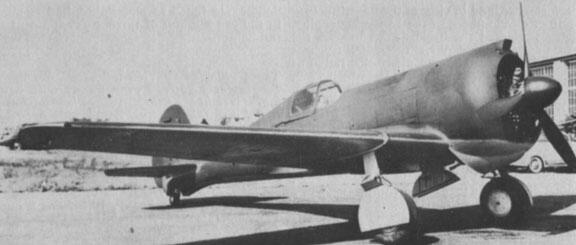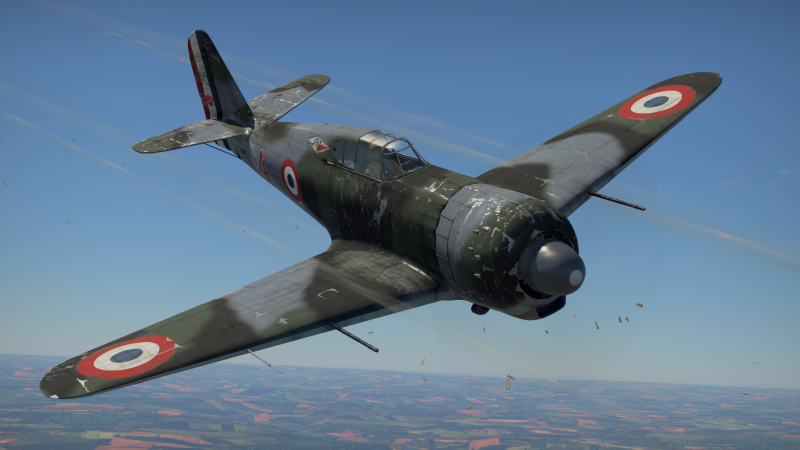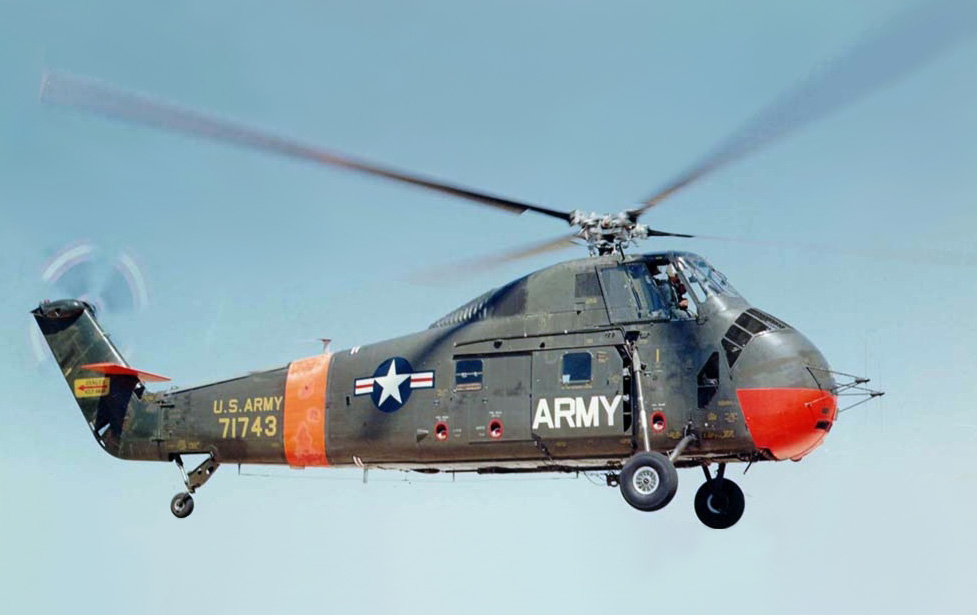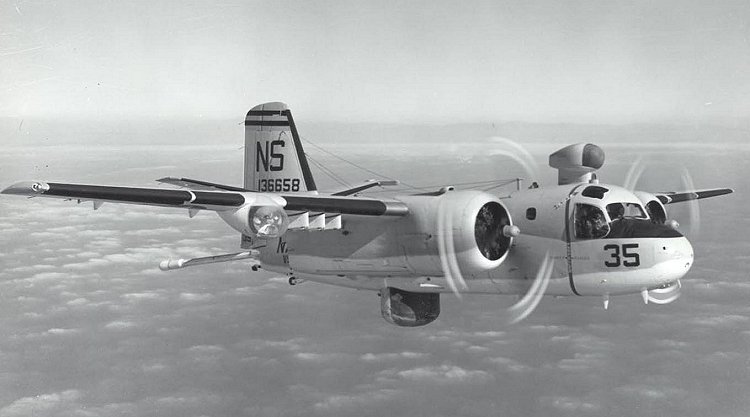Let's say for the sake of argument you have available:
- Frank Halford and Harry Ricardo
- The de Havilland Engines team (though isn't that mainly Halford and Ricardo?)
- The Armstrong Siddeley team
- The Napier team (though isn't that also just basically Halford and Ricardo?)
- Fairey
- Frank Whittle + the Orenda Engines team
What should those groups be doing, and how could they be combined efficiently? Would a poppet-valve Napier Sabre make sense? Further development of the Napier Lion? Air-cooled inline engines from DH? A Fairey Prince/Monarch? A/S Tiger as a backup if the Andromeda fails, or to fill that smaller displacement niche (comparable to the Japanese Kinsei)? Obviously we know what Whittle/Orenda is working on...
The Air Ministry had 4 approved aero engine suppliers. Rolls-Royce, Bristol, Napier and Armstrong-Siddeley. So let’s start with them.
You have already put work into Bristol, and RR is likely still doing fine as OTL. So that leaves AS and Napier.
Armstrong-Siddeley could use a new boss as their critical limitation was John Siddeley. Siddeley was a great businessman, which is why despite being one of many junior partners, his name remained attached to the company right up to the 1970’s. However, he was also an autocrat and quite technically conservative and risk adverse. The company was run more like a general engineering firm that did some aero engines than an aero engine firm. Their chief designer, Major Greene, was often limited in the options he could pursue and R and D was underfunded.
On a technical level, this means that AS has basically been coasting on derivatives of the RAF 8 engine that Greene and Heron had brought over from the Royal Aircraft Factory. They need to be able to develop, or at least use, more up to date components. And they need to stop trying to get by on relatively low costs adaptations of earlier designs while relying on lighter weight to increase performance. Specifically, the AS Tiger needs a third bearing and updated fittings. This would at least give you a backup for Bristol’s new engines.
Napier probably needs to be bought by someone. Their leadership is unwilling to spend and risk adverse. This has left both R and D and production in a terrible state. They really haven’t had much going for them since Arthur Rowledge left for RR. IOTL, it was English Electric’s purchase of Napier that revitalized the company. Moving that up would help. Callum Douglas had a post related to a poppet valved Sabre a while back which (IIRC) concluded it was probably doable though it would have larger dimensions than OTL. Alternatively if RR or someone similar bought them out they would probably be confined to non-aero work. This could be useful if it results in something like an earlier Deltic.
Then you have the non-Aero Ring companies. Fairey, De Haviland, Wolseley, Blackburn and the emerging jet enthusiasts.
Fairey, as mentioned, has some potential. They have a talented designer in Captain Forsyth and the Prince and the Monarch could be very useful additions. Unfortunately that is all they have. They have no engine production facilities and a tiny group dedicated to engine design. And unless someone else is willing to put in money or a significant order, that is all they will have as Richard Fairey will not risk any more of his own money than necessary. To get them off the ground there should ideally be financial support in getting off the ground plus a substantial order secured. Preferably in the early 30’s. This is not an easy sell for a service in a nation of tightening budgets during the depression who already has 4 engine manufacturers to go to and an ambivalence toward Richard Fairey.
Wolseley is the personal possession of Lord Nuffield. They tried to get in on the shadow scheme for engines. He objected to the cost-plus auditing requirements that came with being an Air Ministry Contractor. Since this was effectively his private possession this would have involved auditing at least some of his own personal finances. So perhaps not surprising he balked. He then withdrew Wolseley from Engine manufacture and stayed out of the air shadow scheme until Air Minister Swinton had moved on, before taking over Crowley for production of Tiger Moths and Castle Bromwich for Spitfires. I am honestly not sure of the best way to untangle that particular mess or even if it is desirable to do so. Nuffield’s later contributions to the war effort were not exactly problem free.
De Havilands engine production is generally small engines to match their focus on smaller aircraft in this period. Though they have taken a turn into larger designs to power their attempts at commercial aircraft. On the whole, this production is probably better left as a commercial enterprise. It does ok there and gives you some extra capacity come war time. It is also a great place to send jet orders as a back up to Whittle later on, since Halford (who preferred to work with De Haviland over Napier) is the kind of guy who would take to that kind of work with gusto.
Similarly Blackburn is basically small engines only. Mostly without military application. Though they may end up in some trainers.
Whittle at Power Labs could probably use some more support. However, Whittle was often his own worst enemy. His relationship with Rover was less a problem because River wasn’t up to it, and more due to his lack of trust in almost anyone with his engines. Rover did make valuable contributions to the design of the Jet engine. But distrust and feuding between them and Whittle caused many issues and kept a lot of regular testing from going on. Whittle did trust Rolls Royce quite implicitly. So putting Whittle with them earlier is likely to help speed things along.
In addition, Metropolitan Vickers is working on axial turbines based on AA Griffith’s ideas. I am not as familiar with their development but they could definitely use more support. They certainly had a more workmanlike and less dramatic development than Power Jets.
Orenda doesn’t actually exist yet. They came out of experience gained by the Canadian National Research Council with British jet development that spun off into a private company after the war.











